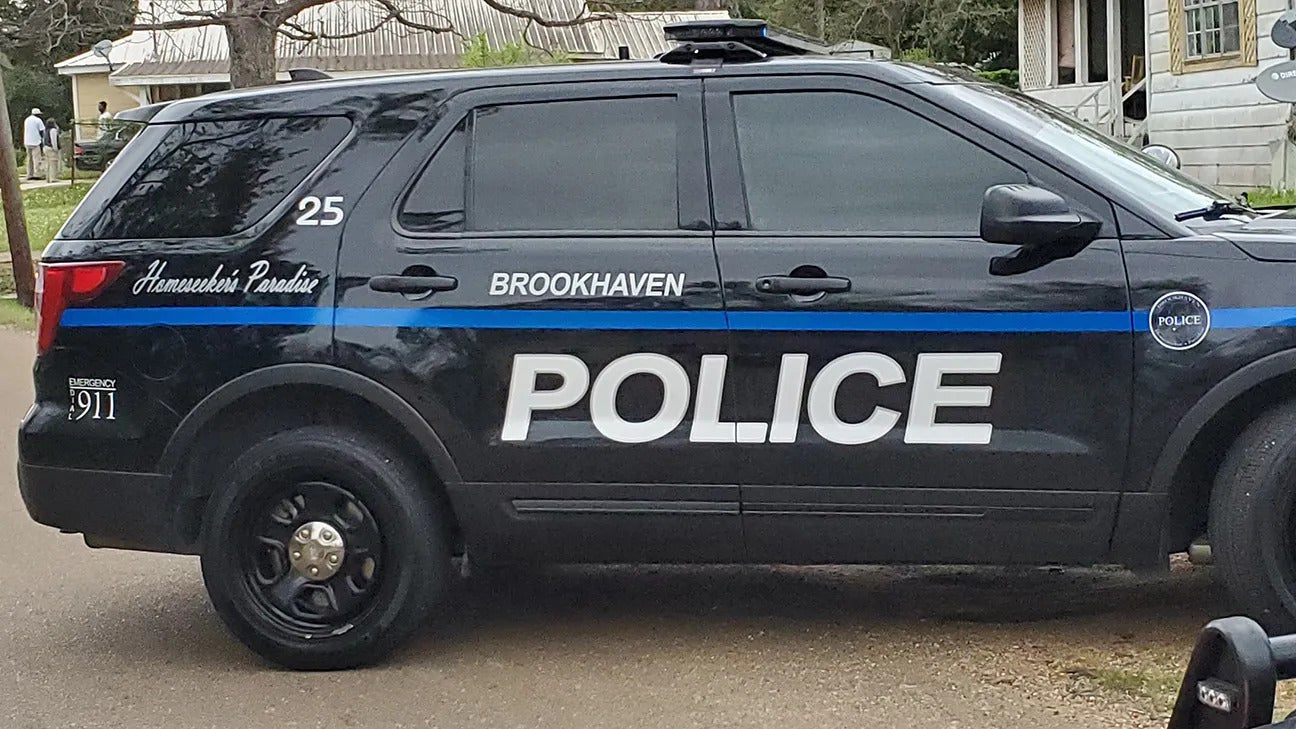Ahead Of Time: FEMA building to be ready a month early
Published 2:11 pm Thursday, August 29, 2013

DAILY LEADER / JUSTIN VICORY / The new Federal Emergency Management Agency storm shelter will be completed by November, one month ahead of the December deadline, according to architects from Wier Boerner, the architectural firm in charge of designing the shelter. Clifton Burke, an electrician’s apprentice, (above) talks to his crew Monday as work continues. The shelter, which is located where Industrial Park Road and Belt Line Road converge, near the Lincoln Civic Center, is being built at a cost of $3.2 million, with the city paying for 5 percent and FEMA funding the other 95 percent.
Early completion of a FEMA P-361 storm shelter is on the horizon, promising to provide safe haven to Brookhaven residents and visitors in the event of a major storm.
Architects from Wier Boerner, the architectural firm tasked with designing the shelter, say work on the shelter will be completed by November, one month ahead of the December deadline.
“This is a big deal to us. It means that we can get it paid in this budget year,” said Brookhaven City Clerk Mike Jinks. “We don’t have worry about adding it to next year’s budget.”
Currently, the city is paying for 5 percent of the $3.2 million shelter. The Federal Emergency Management Agency is funding the other 95 percent.
Much of the 5 percent that the city contributes will be “in-kind” work, or work done by city employees. Donation of land for the facility constitutes some of the cost as well, according to Jinks.
Brookhaven holds key significance as a location for a storm shelter. In the event of a hurricane evacuation, all contraflow traffic traveling north on 1-55 ends just south of the city.
“It’s one of the first exits available for people fleeing the coastal region,” said former Mayor Les Bumgarner, who negotiated with FEMA regarding the shelter during his term in office. “Because of its location, FEMA thought it would be an ideal location for a storm shelter,” Bumgarner said Monday.
Previously, the city relied upon local churches to provide assistance and disaster relief to those affected by storms. This became a problem when those services were needed for a long duration of time.
“Churches have done a great job in the past with taking in evacuees and providing them temporary assistance. However, they simply don’t have the resources or the facilities to provide more long-term care,” said Bumgarner.
Site preparation for the shelter began in early October of 2012, after the city received the go-ahead from FEMA’s Hazard Mitigation Program. The shelter is located where Industrial Park Road and Belt Line Road converge, near the Lincoln Civic Center.
Besides utilizing it as a storm shelter, city officials intend on using the facility for not-for-profit events such as proms, reunions, political rallies, homecoming dances and other large events. The building will be capable of holding up to 1,000 people and will span more than 12,000 square feet.
Use of the building as a storm shelter will only occur when necessary, according to Michael W. Boerner, principal architect and partner with Wier Boerner. “For 99 percent of the time, the building can be utilized for other events,” he said.
Intern architect at Wier Boerner, Wade Thompson, delivered the good news of the early completion of the facility at a board of aldermen meeting last week.
“You’ll be happy to know we are ahead of schedule,” he said.
Architects and Engineers follow rigid federal guidelines in the design of FEMA shelters. The shelters are constructed with catastrophic storm conditions in mind. As a result, FEMA ensures “near-absolute life safety protection.”
The new shelter in Brookhaven, for instance, will be able to withstand 200-mile-per-hour winds and the impact of a 2-by-4 traveling at 150 miles per hour, according to the architects at Wier Boerner.
“The shelter will have backup water systems, mechanical systems, electrical systems and a generator that is built into the building,” said Boerner. “It will have redundant everything.”
The city will take full possession of the building from FEMA in 40 years. At that time, city officials can convert the building to something else if so desired.
In the event that a disaster is declared, the Red Cross will take over and manage the shelter.




